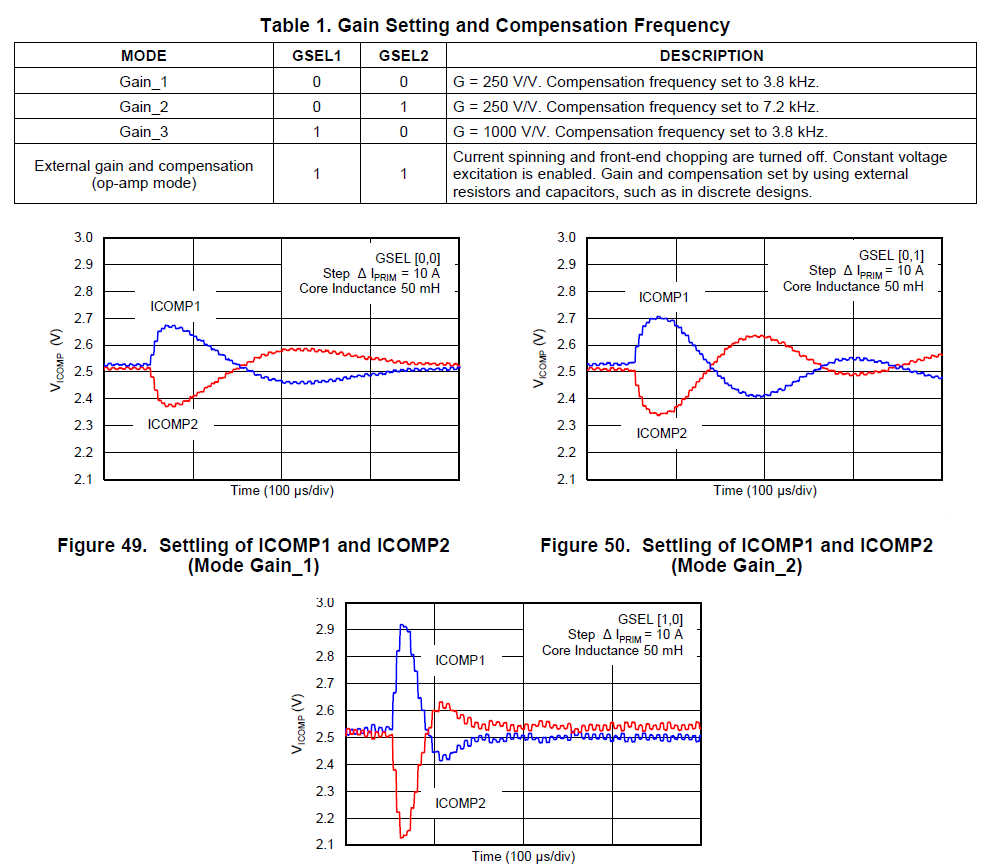Dear TI engineer,
when I study the datasheet of DRV411, it mentioned that the H-Bridge is driven by linear signal. And the power consumption is voltage drop multiply the current through.
But, in the section describes the Gain Setting and Compensation, the picture shows that the curve of Vcomp is not smooth which is not like linear driven. Detailed like below.
So, could you help to tell me why the curve is not smooth and what the Compensation Frequency means?



